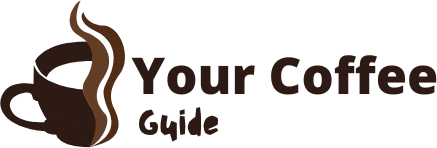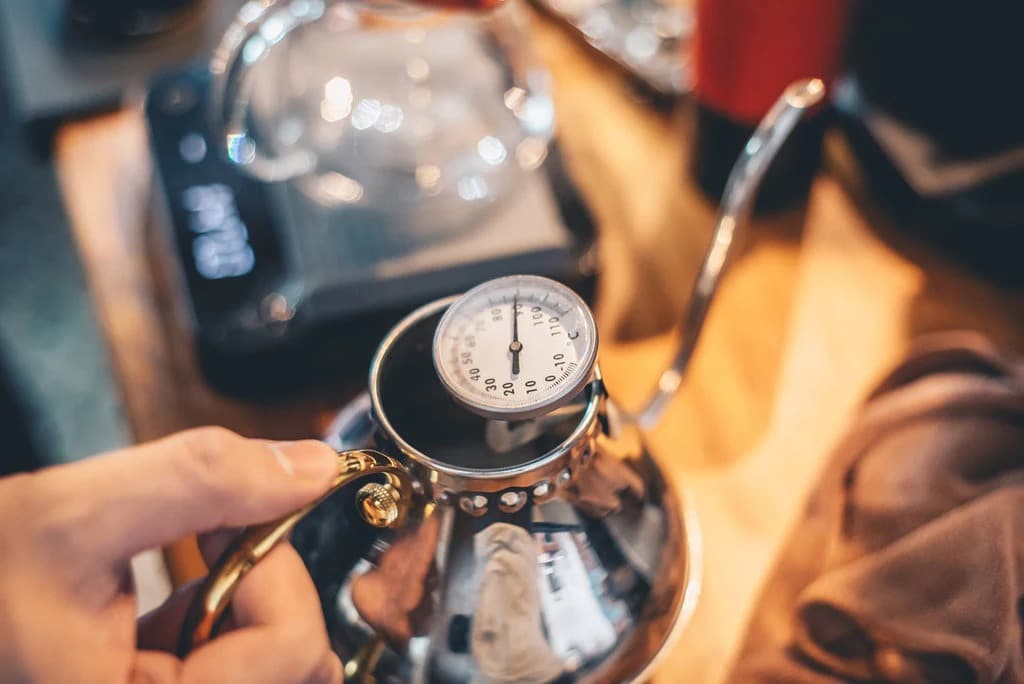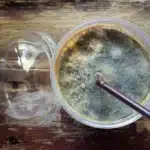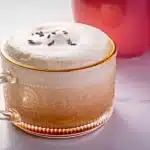Coffee connoisseurs are constantly on the lookout for brewing the perfect cup of coffee to jumpstart their day. From understanding different coffee types, such as red eye and black eye, to preventing coffee from developing mold, each step brings you one step closer to becoming a pro. However, there is one other thing that should be given top priority: ideal coffee temperature. Instead of brewing it at high temperatures, which makes the beans lose their notes, or making them at low temperatures, causing the coffee grounds to miss the ideal flavor profile, it is wise to make it at the recommended temperature. So, in this article guide, we will discuss coffee temperature in its ideal form.
Coffee lovers know that making the ideal cup of coffee is a science and an art. The coffee brewing temperature is one of the key elements that greatly affects the flavor profile and general quality of coffee. By learning the subtleties of coffee water temperature, you can become an expert brewer and ensure that each cup you prepare is a work of art. So, let’s go through the guide to optimal coffee temperature.
The Value of Brewing Temperature for Coffee
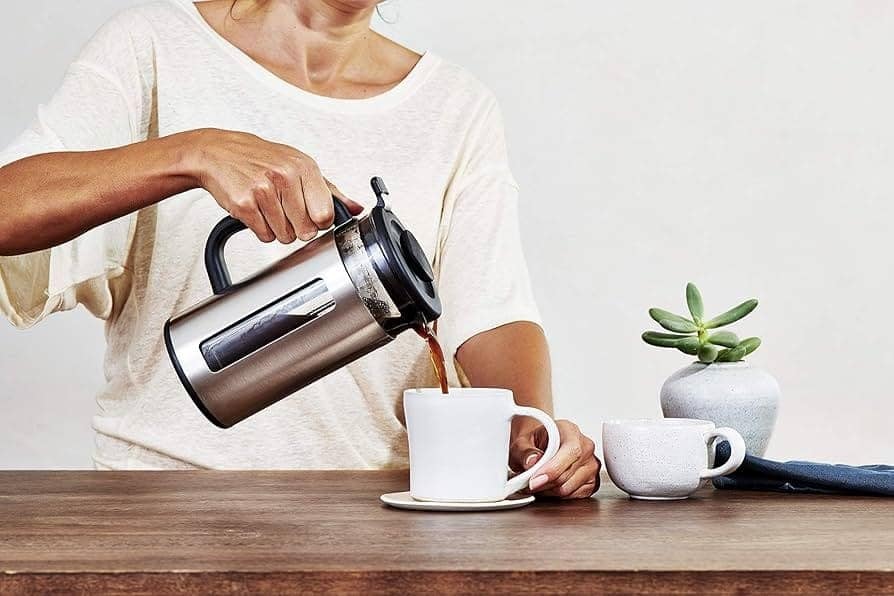
You might be thinking why it is such a big deal to know about perfect coffee temperature; I mean, you can brew it the way you want. But wait a minute; it is important to follow several factors that the temperature might affect. You should know that temperature impacts the extraction of coffee components. So, the temperature of the brewing method is important. Coffee is a nuanced blend of flavors, scents, and sensations that release at various temperatures. Hot water, which is too cold, will under-extract the coffee, making it taste weak and sour, while too hot water will over-extract the coffee, giving it a bitter taste.
Ideal Coffee Temperature for Brewing
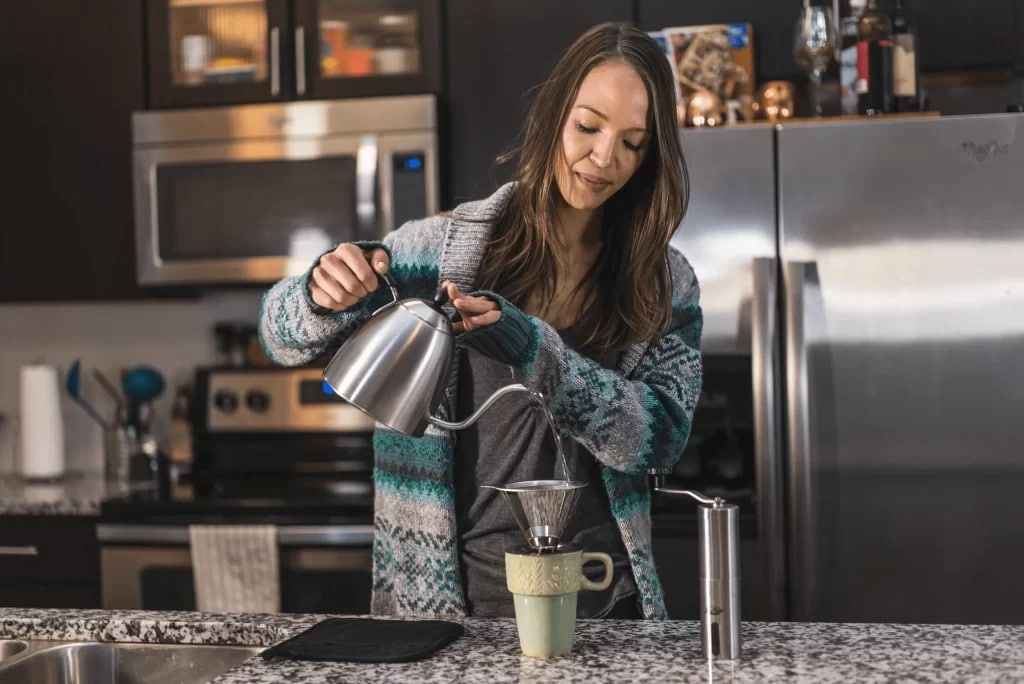
According to the Specialty Coffee Association (SCA), the ideal temperature range for brewing coffee is between 195°F and 205°F (90.5°C and 96°C). This range is thought to be ideal for bringing out the greatest tastes in coffee grinds. However, moderate modifications can be made within this range based on the type of coffee and individual preferences.
- Light Roasts: A slightly higher brew temperature, around 200°F to 205°F (93°C to 96°C), is beneficial for softly roast coffees. It helps in bringing out the delicate, complex tastes found in light roasts.
- Medium Roasts: Generally speaking, medium roasts should be cooked between 195°F and 200°F (90.5°C and 93°C). This range brings out the coffee’s acidity and sweetness while balancing the extraction.
- Dark Roasts: The optimal temperature for brewing darkly roasted beans is roughly 195°F (90.5°C). By doing this, bitterness and over-extraction are avoided, letting the strong, rich tastes take center stage.
The Extraction Science of Coffee
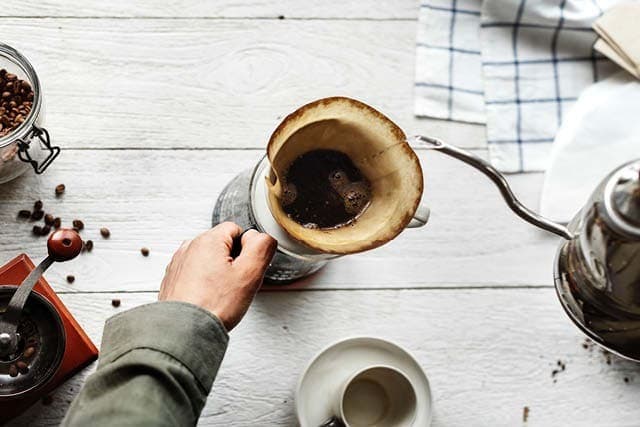
Extracting coffee entails putting the soluble substances in coffee grinds into water. Some of the parameters that affect the extraction process’s pace and efficiency are the perfect coffee temperature, grind size, and brewing time.
- Temperature: Coffee components become more soluble at higher temperatures, which speeds up extraction. However, excessive heat can also remove unwanted substances, such as chlorogenic acids, which add to the bitter flavor.
- Grind Size: At lower temperatures, more effective extraction is possible with finer grinds since they have a larger surface area. To get the same level of extraction, coarser grinds need to be brewed at higher temperatures or for longer periods of time.
- Brewing Time: Extraction is also impacted by the duration of contact between water and coffee grinds. Longer brewing times at lower temperatures may lead to under-extracted coffee, whereas shorter brewing times at higher temperatures can produce a well-balanced cup.
Approaches and Strategies for Ideal Coffee Temperature
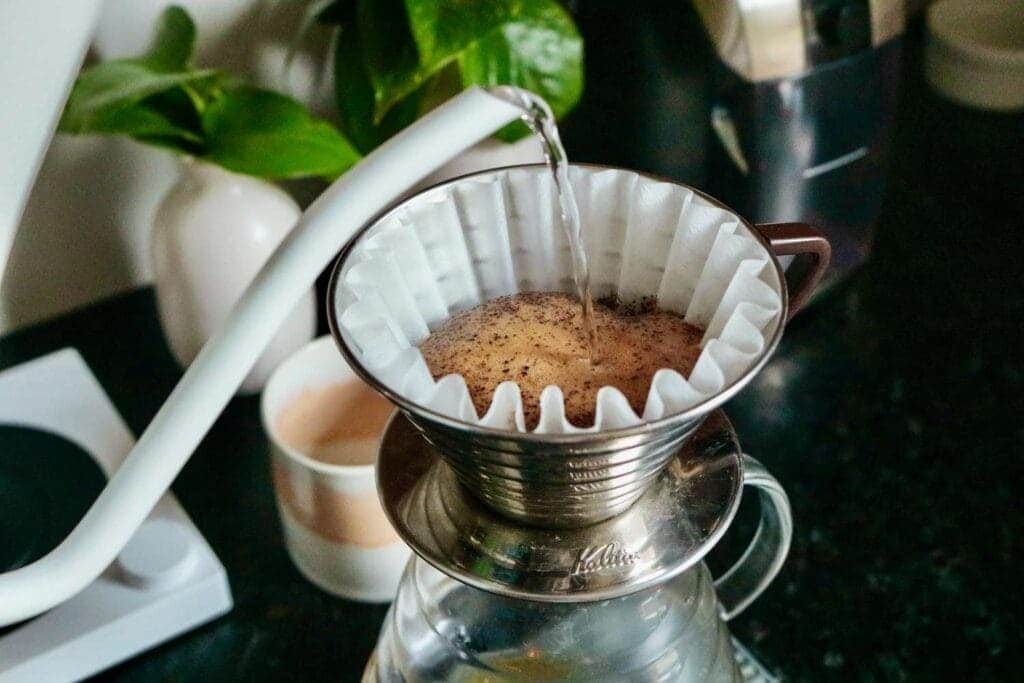
Different brewing methods have different coffee requirements and strategies at different temperatures to get the greatest results. Some of the best temperatures to brew coffee are listed below:
- Drip Coffee Makers: The majority of recent drip coffee makers are engineered to brew at the ideal temperature range. But it’s crucial to make sure your machine is properly calibrated and maintained.
- Pour-Over: Exact control over brewing temperature is possible with Temperature for Pour Over Coffee devices such as the Hario V60 or Chemex. A constant temperature is maintained during the operation by carefully preheating the kettle and pouring it.
- French Press: Boil water and allow it to sit for about 30 seconds to attain the optimal temperature for coffee. This is the method for French press brewing. A longer steeping time and a somewhat coarser grind are advantages of this approach.
- Espresso: Generally speaking, espresso machines brew around 200°F (93°C). For accurate shoots, make sure the machine is calibrated and heated appropriately.
- Cold Brew: Although cold brew is brewed at room temperature or lower, time, as opposed to heat, is used in the extraction process. The process of creating a smooth, low-acid coffee concentrate usually takes 12 to 24 hours.
Professional Tips for Optimal Coffee Temperature
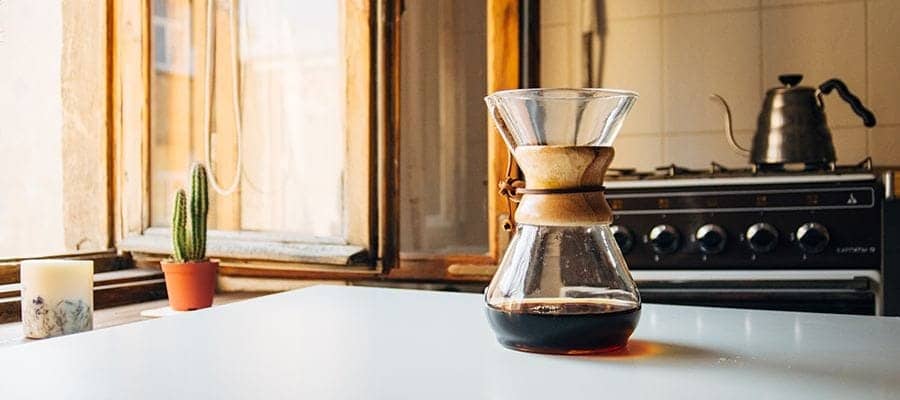
It takes more than just adjusting the thermometer or coffee machine to the correct number to achieve the perfect coffee temperature. The following expert guidance will help you maintain constant and ideal brewing temperatures:
- Use Fresh, Filtered Water: The temperature at which your coffee brews and its flavor can both be affected by the quality of the water. Always use clean, fresh water that has been filtered.
- Preheat Your Equipment: Heating up your brewing supplies, like the carafe, kettle, and cups, can help keep the temperature constant when brewing.
- Purchase a Good Thermometer: A dependable thermometer, especially for manual brewing techniques, can help you precisely monitor and regulate the brewing temperature.
- Adjust Your Coffee Maker: Calibrate your coffee maker regularly to ensure it brews at the proper temperature. For information on calibration processes, consult the manufacturer’s instructions.
- Change Altitude: Water boils at a lower temperature if you live at a high altitude. To get the best extraction, you might need to modify your brewing temperature.
Problems Associated with Coffee Temperature
Your coffee’s temperature could be the cause of any flavor problems you’re having. The following are some typical issues and how to fix them:
- Bitter Coffee: This can be the result of over-extraction brought on by brewing at a temperature that is too high. Consider cutting the brewing time or the temperature.
- Weak or Sour Coffee: Too low brewing temperature might lead to under-extraction. To improve extraction, raise the temperature or lengthen the brewing period.
- Inconsistent Taste: Variations in water temperature could be the cause of your coffee’s uneven flavor every time you brew it. Ensure the temperature stays consistent throughout the brewing process.
Role of Clean Water to Brew Coffee
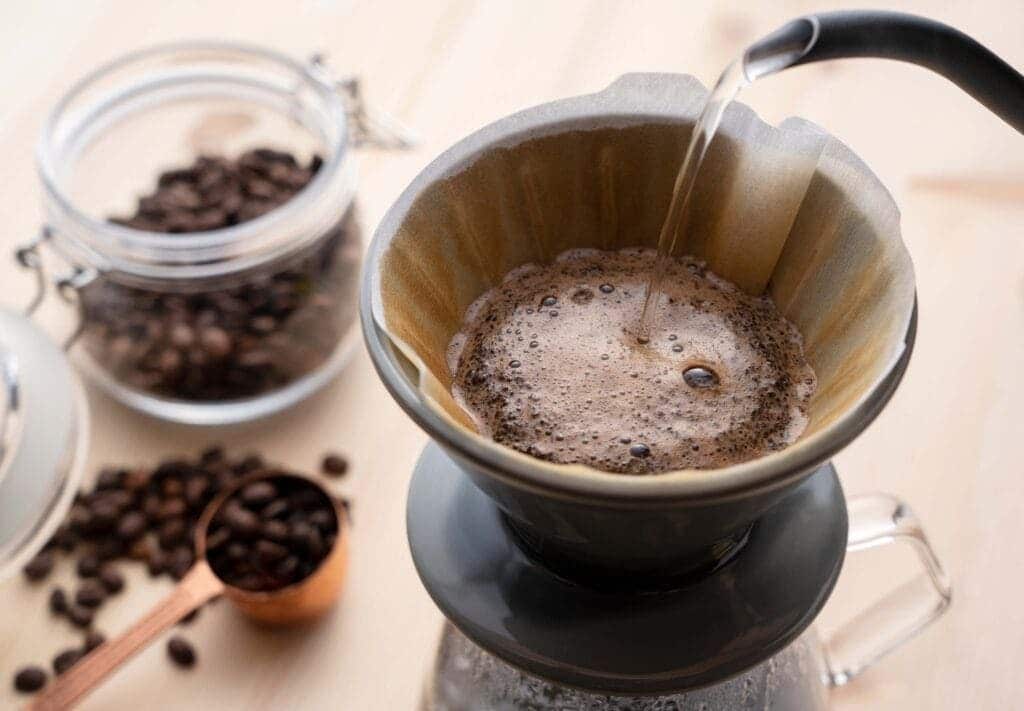
The quality of the water used to brew coffee is just as important to the final flavor of your coffee as the temperature. Coffee chemicals and water minerals can interact to change the flavor profile and extraction method. Here’s how to properly regulate the quality of your water:
- Use Filtered Water: The taste of your coffee could be impacted by contaminants and chlorine in tap water. An even cleaner and purer brew can be achieved by using filtered water.
- Check for Mineral Content: The extraction process may be impacted by water that is either too soft (low in minerals) or too hard (rich in minerals). A balanced mineral concentration is ideal for water used in brewing.
- Regular Maintenance: To avoid mineral accumulation, which can change the water flow and brewing temperature, clean your coffee maker on a regular basis.
Beyond the Brew: Serving Temperature
It also matters what temperature you serve your coffee at. In general, the perfect serving temperature is between 155°F and 175°F (68°C and 79°C). Serving coffee too cold can mellow its vivid overtones, while drinking it too hot would conceal its nuances and possibly result in burns. The following tips will help you keep your food at the ideal serving temperature:
- Preheat Your Cups: Warming up your coffee cups can help them hold their heat longer once they are freshly brewed.
- Use Insulated Containers: To maintain the ideal temperature for your coffee without sacrificing flavor, use insulated containers if you won’t be sipping it right away.
You can check out a variety of coffee types in this article for in-depth knowledge.
Conclusion
Summing up, the article covered a detailed discussion on the best coffee temperature. Apart from knowing the techniques to brew coffee, one should know which temperature suits the best for coffee beans to bring out ideal flavor notes. So, this article has provided a detailed guide to ideal temperatures using various techniques. It’s time to bring the best in your brew.
A Guide to Brew’s Ideal Temperature!
